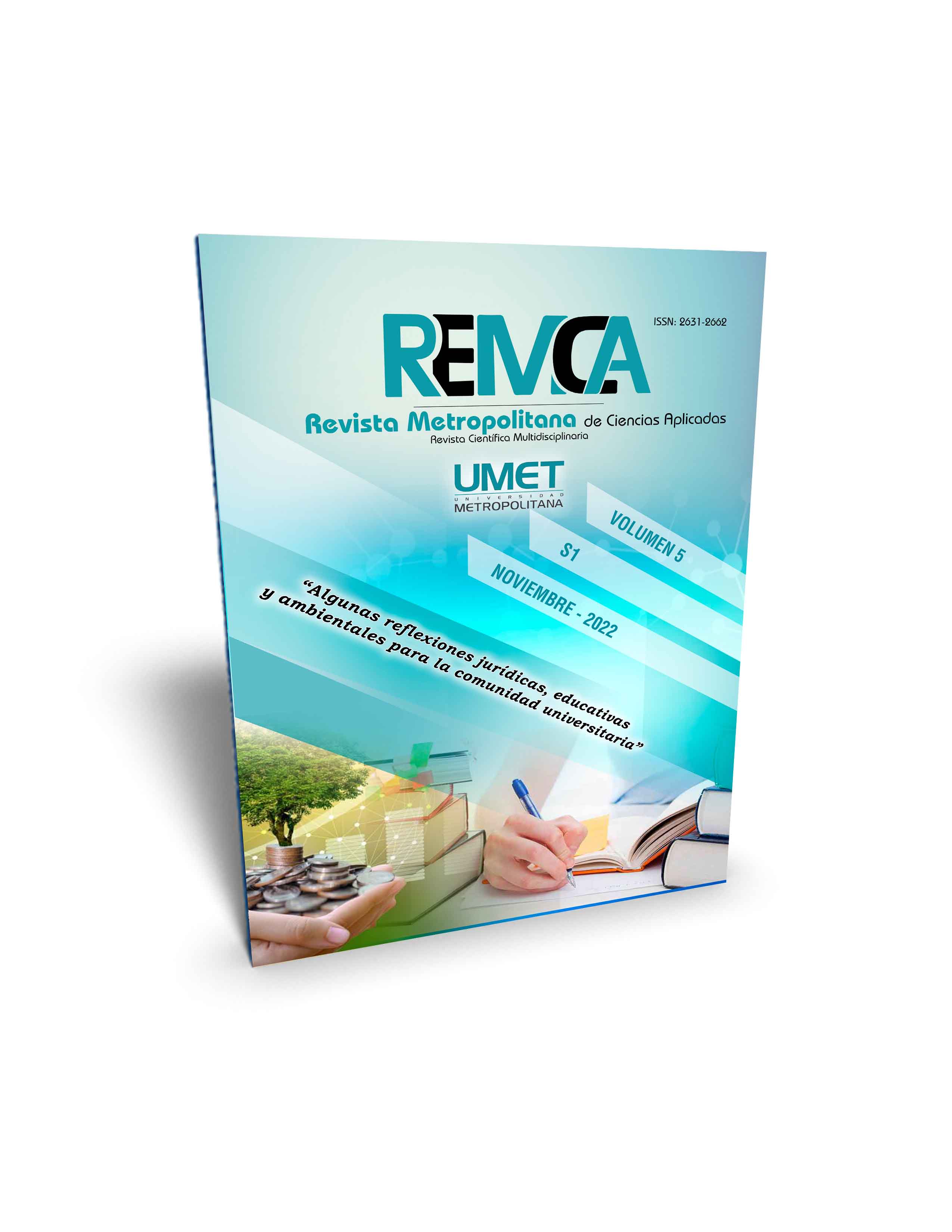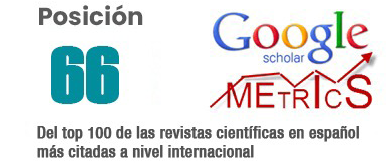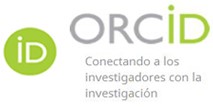Typology of complications related to thyroid surgery in the context of science, technology and society studies
DOI:
https://doi.org/10.62452/7v4kw797Keywords:
Thyroid surgery, thyroidectomy, surgical treatment, early diagnosisAbstract
In order for the surgeon to carry out the adequate and timely prevention or treatment of complications related to thyroid surgery, it is necessary that he or she has an elementary level of theoretical and practical knowledge. An important aspect for this purpose is the classification of these complications, interacting with science and technology, in addition to taking into account that it favors the social environment where it operates. A documentary observational study was carried out in the Pubmed database with the aim of modeling a typology for these complications. 256 publications on the subject were reviewed, and it was concluded that most authors do not classify them, they only list the most frequent, and 29.1% classify them as early and late. As far as it was reviewed, no evidence was found that assesses its nature and lethality. The modeling of the typology proposed in this research contributed to determine the educational, economic and social importance that the subject has for the surgeon, in line with the essential contribution to society with the early reincorporation of the uncomplicated patient, for which it constitutes a social technology of an organizational nature for the prevention, diagnosis and treatment of said complications. The realities and gaps in the existing traditional classifications raised a problem that was given a possible solution with this research as a contribution to the relationship between science, technology and society.
Downloads
References
Aguirre, C. P. (2002). Emil Theodor, K. (1841-1917). Universidad de Valencia-CSIC.
Cadena, E. (2017). Tiroidectomía axilar endoscópica video asistida 3D. Revista Colombiana de Cancerología, 20(4), 190-197.
Delgado Delgado. D. (2016). Generalidades del cáncer de tiroides. Rev Médica de Costa Rica Centroamérica, 73(620), 633 - 636.
D'Orazi, V.,Sacconi, A., Trombetta, S., Karpathiotakis, M., Pichelli, D., Di Lorenzo, E., Ortensi, A., Urciuoli, P., Biffoni, M., & Ortensi, A. (2019). Maypredictors of difficulty in thyroidsurgeryincreasetheincidence of complications? Prospectivestudywiththe proposal of a preoperative score. BMC Surg., 18(1).
González, F., Nicolau, M.O., Durruthy, O., & Guerra, G.W. (2009). Nódulos del tiroides: incidentalomas. Archivo Médico de Camagüey, 13(4).
González, R. (2011). La ciudadanía como construcción sociocultural. Sinéctica, 2(18), 89-104.
Granell, J., & Gutiérrez, R. (2015). Introducción a la cirugía robótica en cabeza y cuello. https://www.researchgate.net/publication/283212117_Introduccion_a_la_cirugia_robotica_en_cabeza_y_cuello_avance
Navarro Despaigne, D. (2012). Enfermedades del tiroides en Cuba. Rev Cub Endocrinol, 23(3), 198-202.
Novelli, J.I., Noevlli, F., & Batalles, S. M. (2017). Cirugía de tiroides. Revisión histórica y nuevas tecnologías. Rev Méd Rosario, 83, 123-127.
Núñez, J. (2013). La Ciencia y la tecnología como procesos sociales. Lo que la educación científica no debería olvidar. Editorial Félix Varela.
Pardo Gómez, G., & García Gutiérrez A. (2010). Enfermedades quirúrgicas de la tiroides. En, Colectivo de autores, Temas de Cirugía. (pp. 751-824). Editorial Ciencias Médicas.
Rodríguez Alcázar, F. J., Medina Domenech, R. M., & Sánchez Cazorla, J. A. (1997). Ciencia, tecnología y sociedad: contribuciones para una cultura de la paz. Granada, Universidad de Granada.
Rodríguez Batista, A. (2005). Impacto social de la ciencia y la tecnología en Cuba: una experiencia de medición a nivel macro. Revista CTS, 2(4).
Yager, R. (1993). The advantages of STS approaches in science instruction in grades four through nine. Bulletin of Science, Technology and Society, 13, 74-82.
Downloads
Published
Issue
Section
License
Copyright (c) 2022 Joaquín Alejandro Solarana Ortiz, José Guzmán Lorenzo Díaz, Neyla Santiesteban Collado, Andria Torres Guerra, Yasmín Rodríguez Pascual (Autor/a)

This work is licensed under a Creative Commons Attribution-NonCommercial-ShareAlike 4.0 International License.
Authors who publish in Revista Metropolitana de Ciencias Aplicadas (REMCA), agree to the following terms:
1. Copyright
Authors retain unrestricted copyright to their work. Authors grant the journal the right of first publication. To this end, they assign the journal non-exclusive exploitation rights (reproduction, distribution, public communication, and transformation). Authors may enter into additional agreements for the non-exclusive distribution of the version of the work published in the journal, provided that acknowledgment of its initial publication in this journal is given.
© The authors.
2. License
The articles are published in the journal under the Creative Commons Attribution-NonCommercial-ShareAlike 4.0 International License (CC BY-NC-SA 4.0). The terms can be found at: https://creativecommons.org/licenses/by-nc-sa/4.0/deed.en
This license allows:
- Sharing: Copying and redistributing the material in any medium or format.
- Adapting: Remixing, transforming, and building upon the material.
Under the following terms:
- Attribution: You must give appropriate credit, provide a link to the license, and indicate if any changes were made. You may do this in any reasonable manner, but not in any way that suggests the licensor endorses or sponsors your use.
- NonCommercial: You may not use the material for commercial purposes.
- ShareAlike: If you remix, transform, or build upon the material, you must distribute your creation under the same license as the original work.
There are no additional restrictions. You may not apply legal terms or technological measures that legally restrict others from doing anything the license permits.




